The production of ice wine, a luxurious and intensely sweet dessert wine, hinges on a critical natural phenomenon: the freezing point of grapes. In Canada, where ice wine has become a celebrated specialty, understanding the science behind grape freezing is essential for both vintners and enthusiasts alike. The process is as delicate as it is demanding, requiring precise temperatures and timing to achieve the perfect balance of sugar, acidity, and flavor.
The Science of Freezing Grapes
Grapes used for ice wine must remain on the vine well into the winter months, enduring sub-zero temperatures until they freeze naturally. The freezing point of grape juice typically falls between -7°C and -12°C (19°F to 10°F), depending on sugar concentration. As water within the grape begins to crystallize, the remaining juice becomes highly concentrated, yielding the signature sweetness of ice wine. Canadian regulations mandate that grapes must be harvested at or below -8°C (17.6°F), ensuring optimal sugar levels and flavor intensity.
This natural freeze-concentration process is what sets ice wine apart from other dessert wines. Unlike artificially frozen musts or cryo-extraction methods, true ice wine relies entirely on the whims of nature. The grapes must freeze on the vine, and harvesters often work through the night or early morning when temperatures are coldest. Any deviation—whether a premature thaw or insufficient freeze—can compromise the entire batch.
Canada’s Unique Climatic Advantage
Canada’s climate, particularly in regions like Ontario’s Niagara Peninsula and British Columbia’s Okanagan Valley, provides the ideal conditions for consistent freezing. Winters are cold enough to guarantee a deep freeze, yet not so harsh as to destroy the grapes before harvest. This delicate balance is rare globally, positioning Canada as one of the world’s foremost producers of premium ice wine.
The country’s strict appellation laws further reinforce its reputation. Only wines made from grapes naturally frozen on the vine can bear the "Icewine" label (written as one word in Canada). This distinction protects the integrity of Canadian ice wine and differentiates it from imitations. Vintners must also adhere to rigorous standards regarding harvest timing, sugar levels, and vinification processes, ensuring each bottle meets exacting quality benchmarks.
Challenges in Predicting the Freeze
Despite Canada’s favorable climate, ice wine production remains a high-stakes gamble. Vintners must constantly monitor weather forecasts, as the window for harvesting frozen grapes is narrow. A sudden warm spell can ruin an entire season’s crop, while hungry wildlife—attracted to the sugary fruit—poses another threat. Birds, in particular, can decimate vineyards if protective netting isn’t employed.
Moreover, the labor-intensive harvest adds to the wine’s exclusivity. Grapes are typically picked by hand in the dead of night, with workers braving frigid temperatures to ensure the fruit remains frozen during processing. Mechanical harvesters are impractical, as they risk damaging the delicate frozen berries. This hands-on approach contributes to ice wine’s premium price point and artisanal allure.
The Role of Grape Varietals
Not all grape varieties can withstand the freezing process. In Canada, Vidal Blanc is the most widely planted ice wine grape, prized for its thick skin and resistance to winter rot. Riesling and Cabernet Franc are also popular, each imparting distinct flavor profiles—from citrus and stone fruit to red berry and spice. These varietals not only survive the freeze but thrive, developing complex aromatic compounds that elevate the finished wine.
The choice of grape significantly influences the wine’s character. Riesling-based ice wines, for example, often exhibit vibrant acidity that balances their sweetness, while Vidal leans toward tropical and honeyed notes. Cabernet Franc ice wines, a rarer style, offer bold red fruit flavors with a peppery finish. This diversity allows Canadian producers to craft a spectrum of styles, appealing to a broad range of palates.
Technological Advances and Tradition
While tradition governs much of ice wine production, technology has begun to play a supporting role. Sophisticated weather stations now provide real-time temperature data, helping vintners pinpoint the optimal harvest moment. Some vineyards experiment with wind machines to mitigate frost damage or use infrared cameras to assess grape freezing uniformity.
Yet, despite these advancements, the process remains rooted in nature’s unpredictability. No machine can replicate the slow, natural freeze that concentrates flavors so exquisitely. This marriage of tradition and innovation ensures Canadian ice wine retains its artisanal soul while embracing tools that enhance consistency and quality.
A Niche Market with Global Appeal
Canadian ice wine occupies a unique niche in the global wine market. Its labor-intensive production and limited yields make it a luxury product, often sold in half-bottles at premium prices. Key export markets include Asia, where the wine’s sweetness pairs well with local cuisines, and Europe, where connoisseurs appreciate its artisanal craftsmanship.
For Canada, ice wine is more than a beverage—it’s a symbol of climatic serendipity and winemaking tenacity. Each bottle encapsulates the harsh beauty of Canadian winters and the skill required to transform frozen grapes into liquid gold. As climate change alters traditional growing regions worldwide, Canada’s ice wine industry may well become even more pivotal, offering a taste of nature’s fleeting perfection.
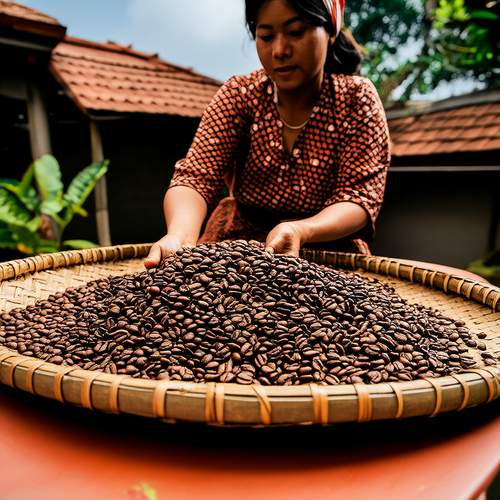
By /May 26, 2025

By /May 26, 2025
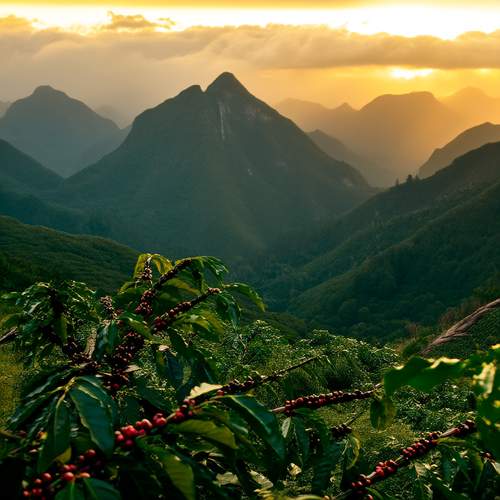
By /May 26, 2025

By /May 26, 2025
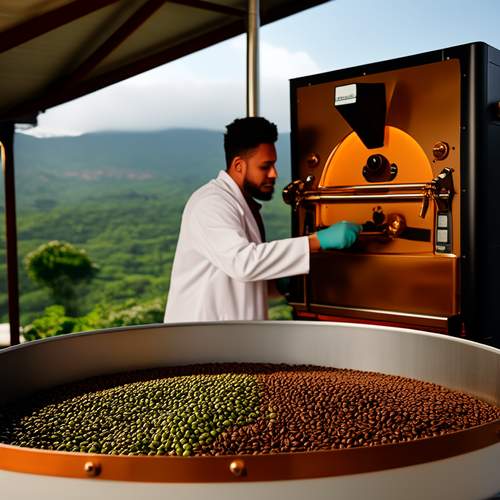
By /May 26, 2025
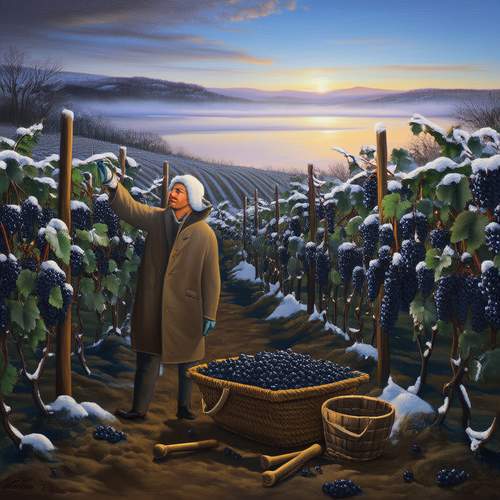
By /May 26, 2025
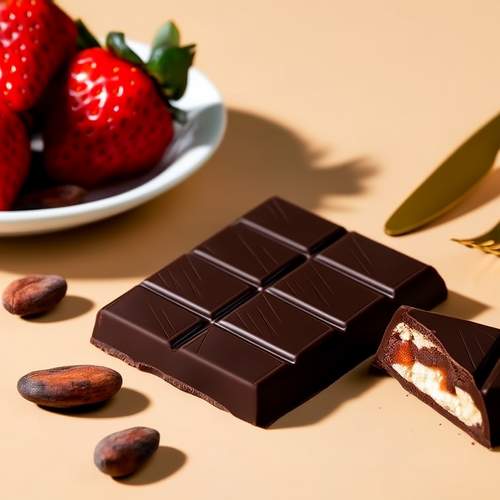
By /May 26, 2025
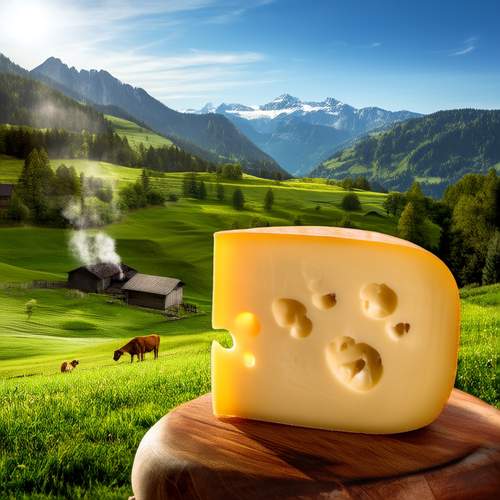
By /May 26, 2025
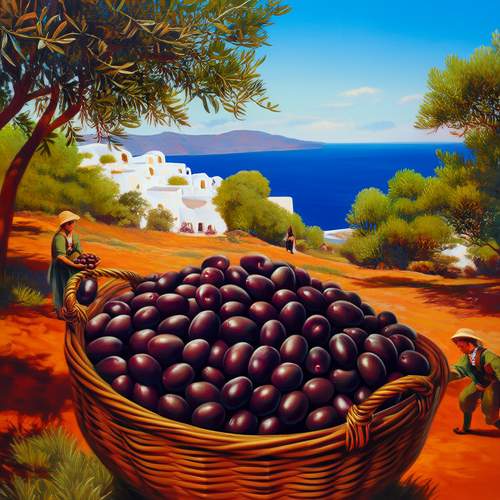
By /May 26, 2025
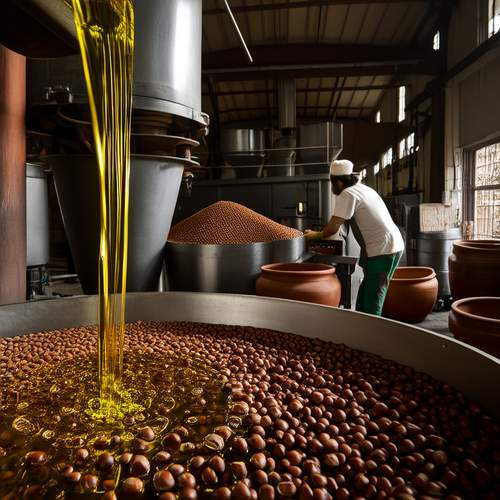
By /May 26, 2025
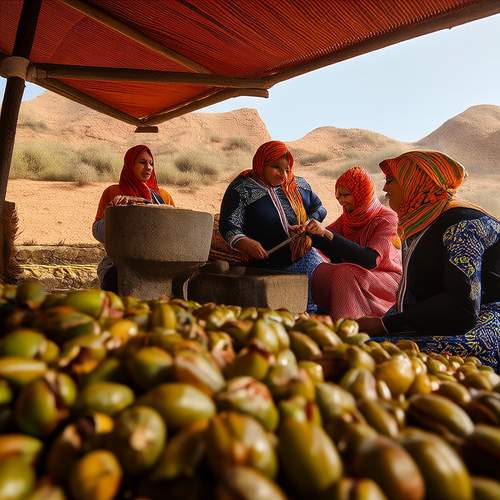
By /May 26, 2025
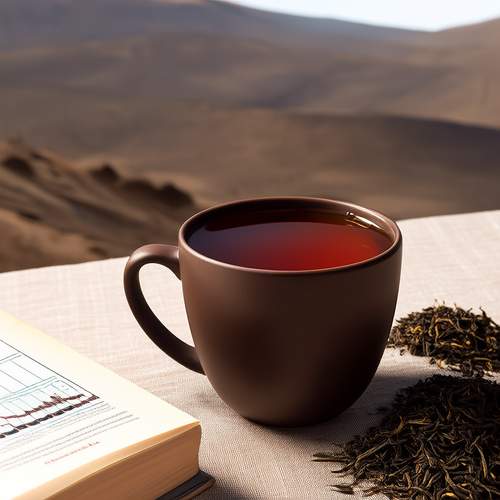
By /May 26, 2025
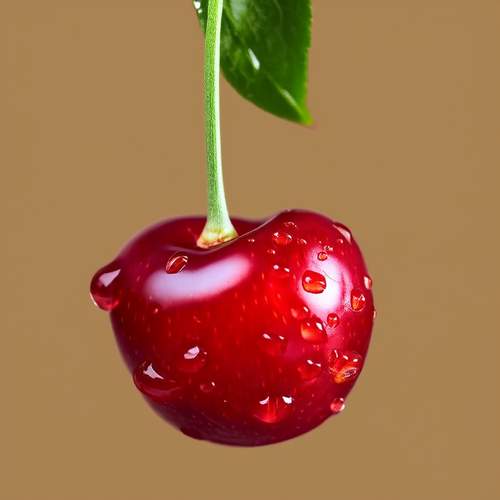
By /May 26, 2025

By /May 26, 2025
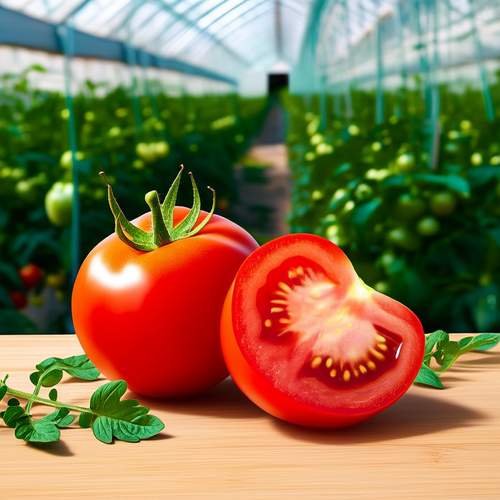
By /May 26, 2025
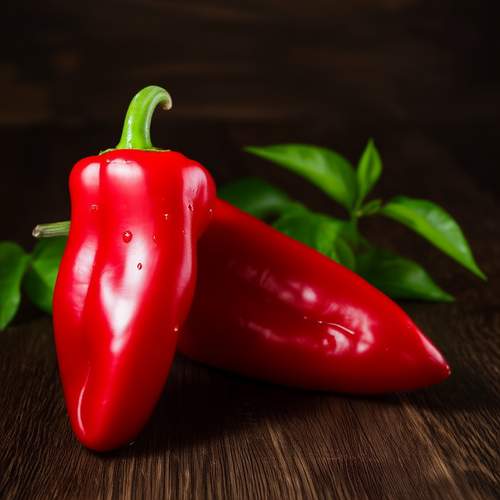
By /May 26, 2025
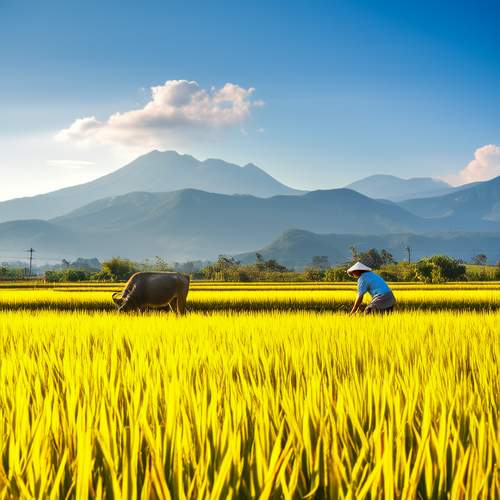
By /May 26, 2025
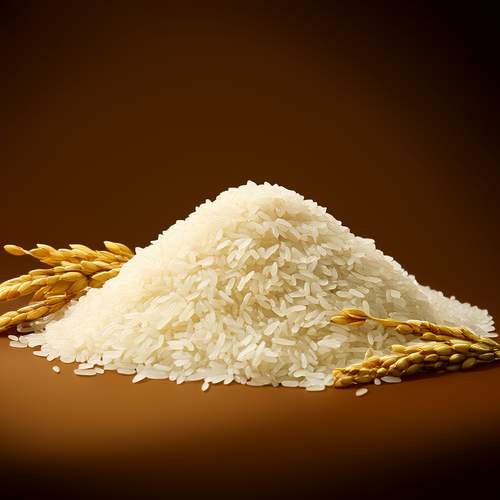
By /May 26, 2025
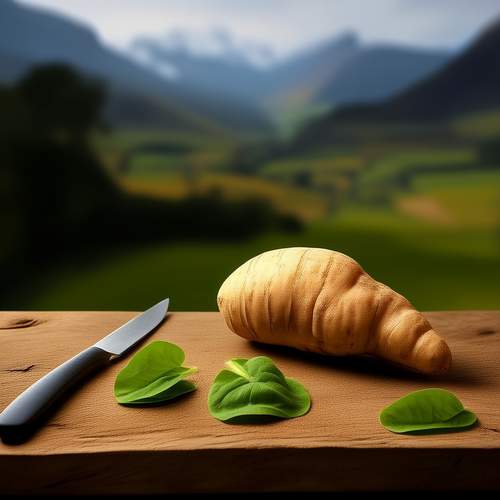
By /May 26, 2025
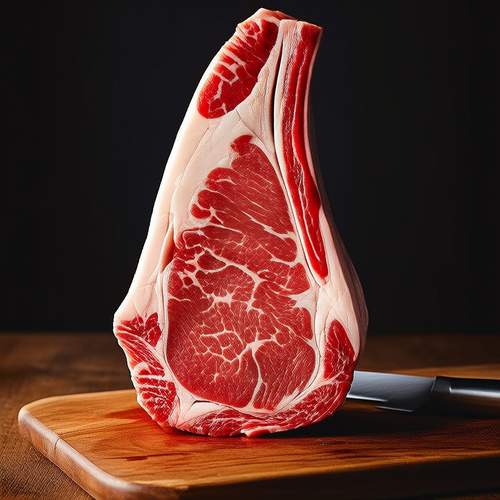
By /May 26, 2025